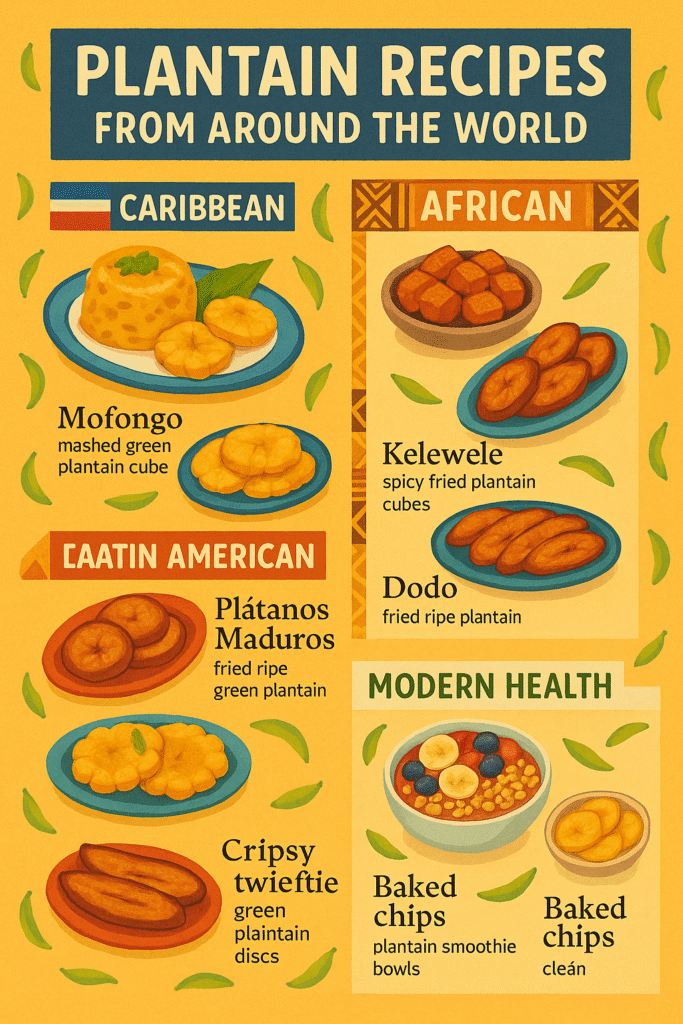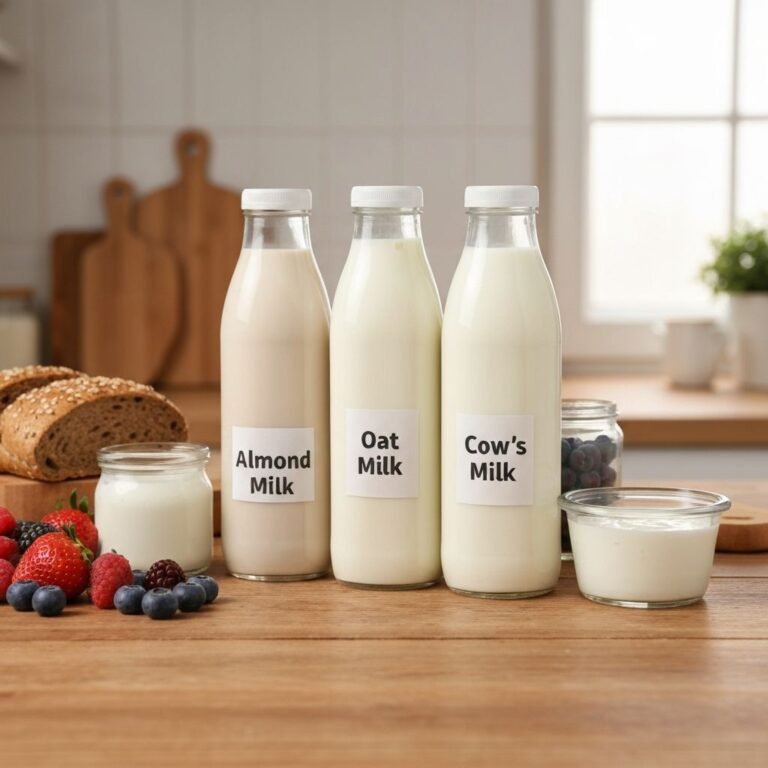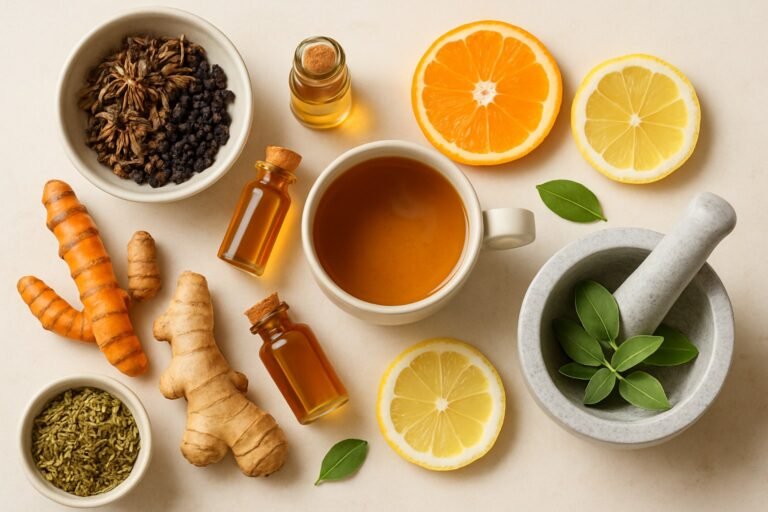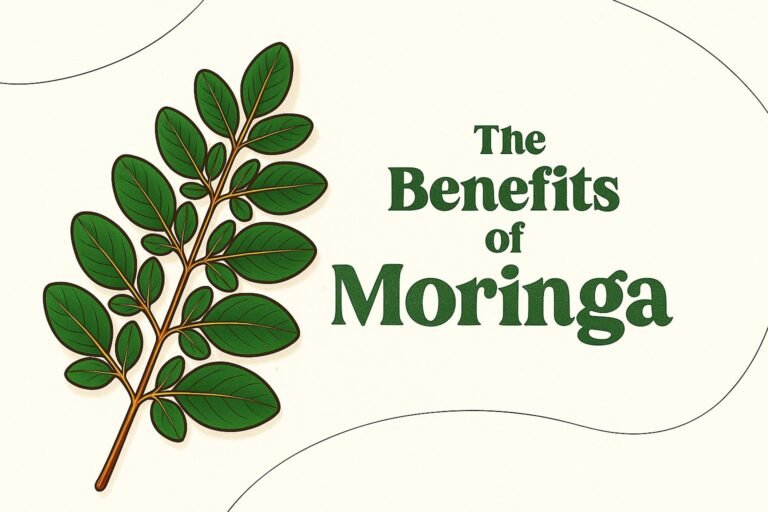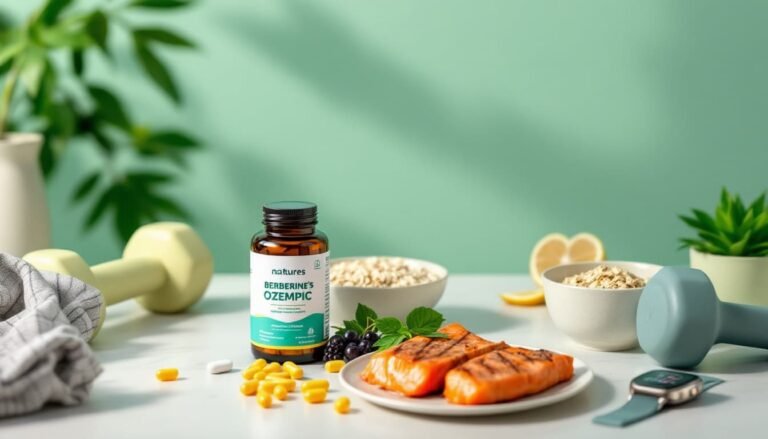Published on TheHolisticLife-Hub.com | Educational and Informational Content Only
Walk into any grocery store, and you’ll find them sitting quietly in the produce section – large, green-to-yellow fruits that look like oversized bananas. Most shoppers pass them by without a second glance, unaware they’re walking past one of nature’s most complete nutritional packages. These are plantains, and they’re about to change everything you think you know about affordable nutrition.
The $2 Miracle That Nutritionists Don’t Want You to Ignore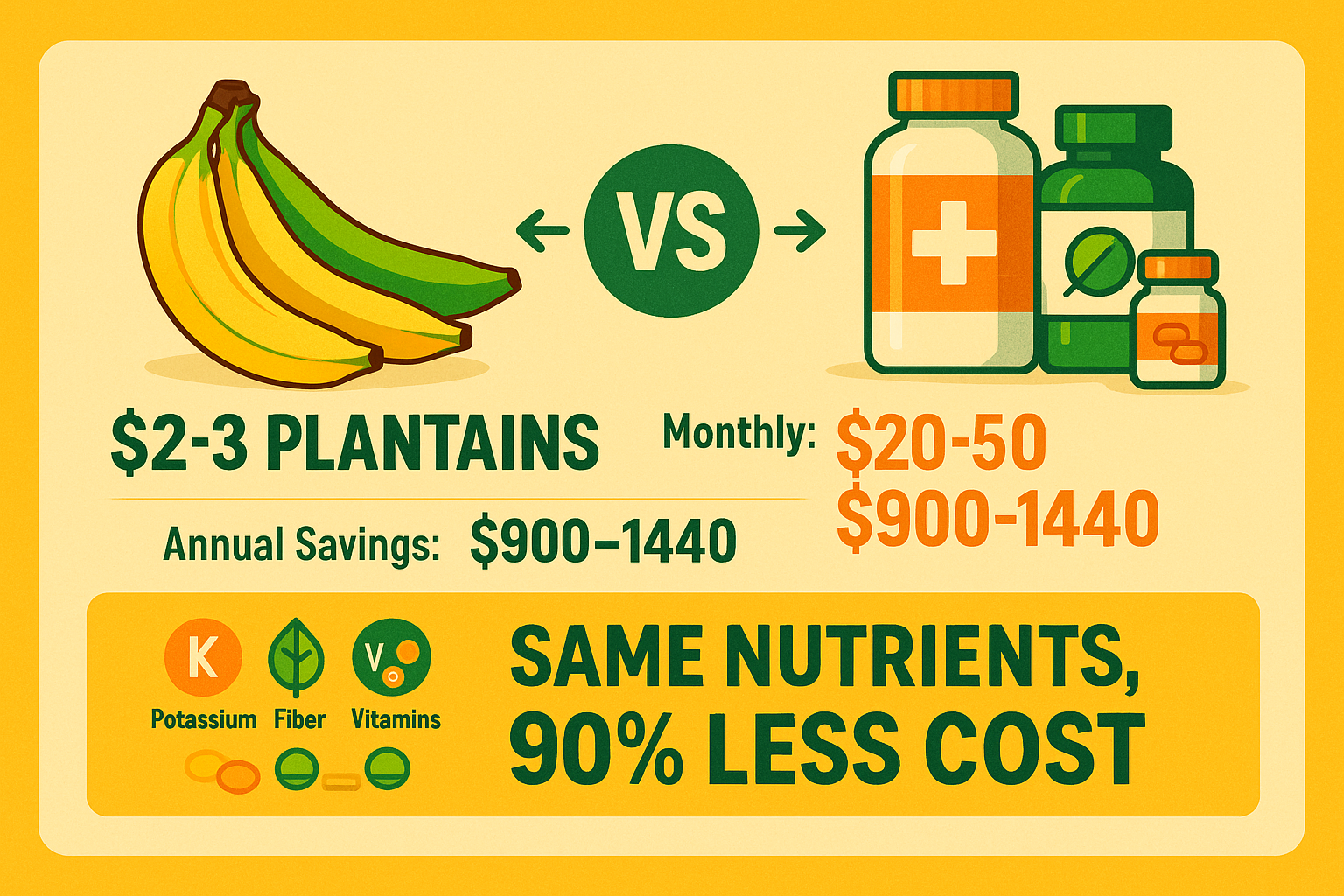
The shocking truth: A few dollars’ worth of plantains delivers the same nutrition as $50+ in supplements
Here’s a number that will stop you in your tracks: $900-1,440. That’s how much the average family could save annually by replacing expensive supplements with plantain-based nutrition. While health food stores push $20-50 bottles of potassium supplements, fiber powders, and vitamin complexes, plantains deliver the same nutrients naturally for under $3. But this isn’t just about saving money – it’s about rediscovering nutritional wisdom that has sustained entire civilizations for over 4,000 years, much like the traditional herbs backed by scientific evidence that our ancestors relied upon.
The Nutritional Breakdown That Changes Everything
| What You’re Really Getting | Plantain (per 100g) | Expensive Supplements |
| Potassium | 358mg (natural) | 99mg (synthetic) |
| Vitamin A | 1127 IU (bioavailable) | 5000 IU (synthetic) |
| Fiber | 2.3g (complete matrix) | 3g (isolated) |
| Monthly Cost | $15-30 | $90-150 |
| Digestive Tolerance | Excellent | Often problematic |
The science is clear: whole food nutrition consistently outperforms synthetic alternatives in bioavailability, tolerance, and overall health outcomes.
Ancient Wisdom Meets Modern Science: The 4,000-Year Success Story.
Long before nutritional science existed, ancient civilizations understood something profound about plantain. Archaeological evidence from Southeast Asia shows sophisticated cultivation techniques dating back 4,000 years, with early farmers recognizing plantain’s unique ability to provide complete nutrition across different ripeness stages.
The Malaysian Discovery
In the tropical regions of ancient Malaysia and Indonesia, early cultivators made a remarkable discovery. Unlike other fruits that provide nutrition only when ripe, plantain offers different nutritional benefits at each stage of development. Green plantain provided sustained energy and digestive support, yellow plantain offered quick energy and vitamin absorption, and fully ripe plantain delivered natural sweetness and healing compounds.
This understanding spread along ancient trade routes, reaching Africa around 2,000 years ago and eventually arriving in the Caribbean and Latin America through Spanish and Portuguese exploration in the 1500s. Each culture that encountered plantain developed unique preparation methods that maximized its nutritional potential, similar to how plant-based remedies your doctor won’t tell you about have been passed down through generations.
Traditional Nutritional Wisdom
West African cultures developed the concept of plantain as “the tree that feeds the family,” recognizing its ability to provide complete nutrition for entire households. Traditional healers used different ripeness stages for specific health applications – green plantain for digestive issues, ripe plantain for energy restoration, and plantain leaves for wound healing.
Caribbean cultures discovered that plantain’s nutritional profile made it ideal for sustaining hard physical labor in tropical climates. The natural electrolyte balance and sustained energy release proved superior to other available foods for maintaining strength and endurance.
Latin American indigenous populations quickly integrated plantain into their food systems, developing preparation methods that enhanced nutrient absorption while creating satisfying, culturally meaningful meals that complement the principles found in 25 fiber-rich plant foods that support digestive wellness.
The Great Plantain vs. Banana Mystery Solved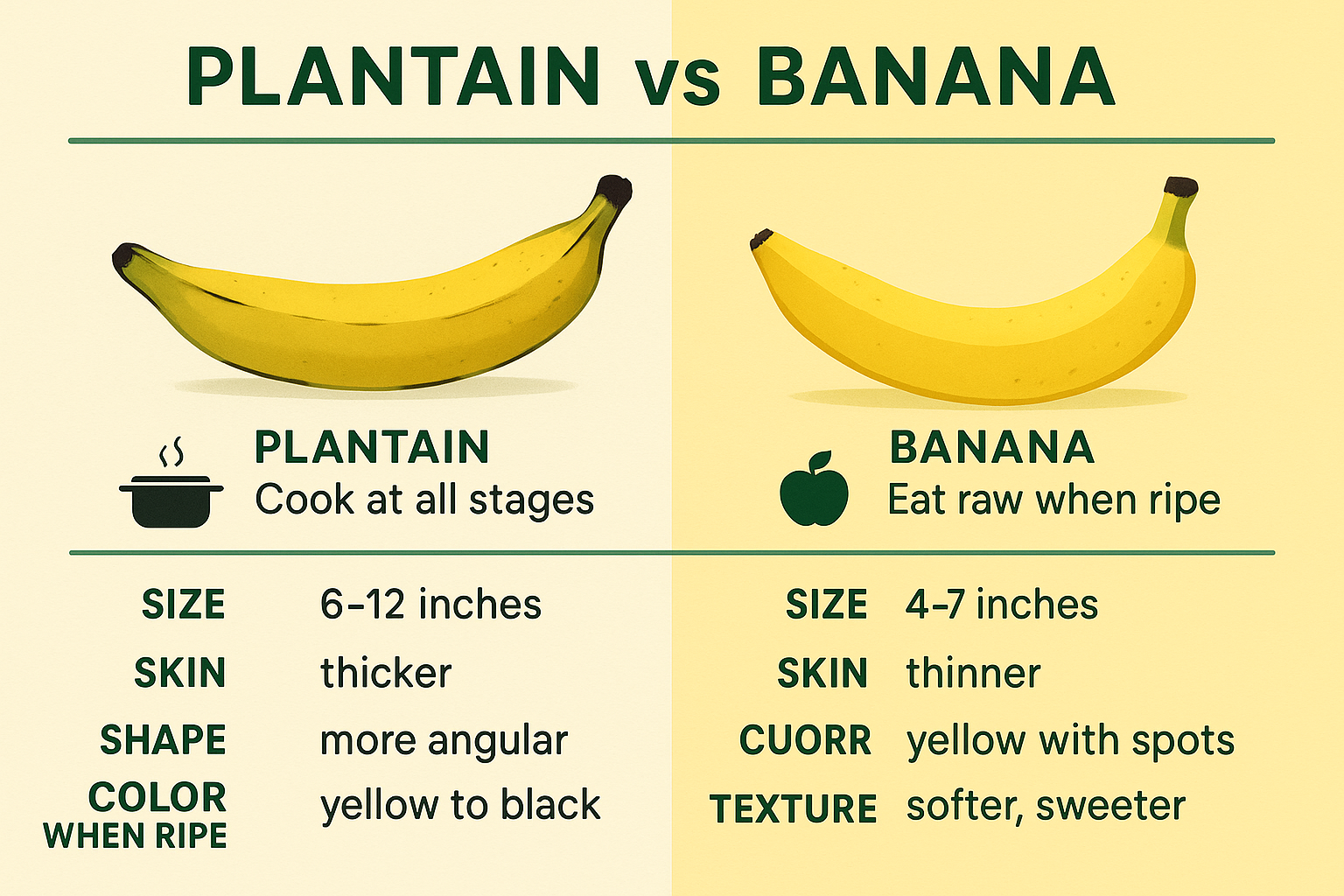
Finally, understand the crucial differences that determine nutritional value.
The confusion between plantains and bananas has cost families millions in missed nutritional opportunities. While they’re botanical cousins, their nutritional profiles and culinary applications couldn’t be more different.
Size Tells the Story: Plantains measure 6-12 inches compared to bananas’ 4-7 inches. This isn’t just about portion size – it reflects fundamental differences in nutritional density and intended use. The Cooking Revolution: Here’s what changes everything – plantains are designed to be cooked at every stage of ripeness, while bananas are meant to be eaten raw. This cooking requirement isn’t a limitation; it’s the key to unlocking plantain’s superior nutritional potential.
Nutritional Superiority:
According to detailed nutritional comparisons, plantains provide:
- 17x more Vitamin A than bananas (1127 IU vs 64 IU)
- 2x more Vitamin C (18.4mg vs 8.7mg)
- 37% more Magnesium (37mg vs 27mg)
- Same Potassium but in a more substantial, meal-worthy package
Cultural Usage Patterns: In cultures where plantain is a staple, it serves as the primary carbohydrate source for complete meals. It’s never eaten raw and requires cooking to be digestible and palatable – this isn’t a bug, it’s a feature that maximizes nutritional benefits.
Hidden Secrets That Will Transform Your Health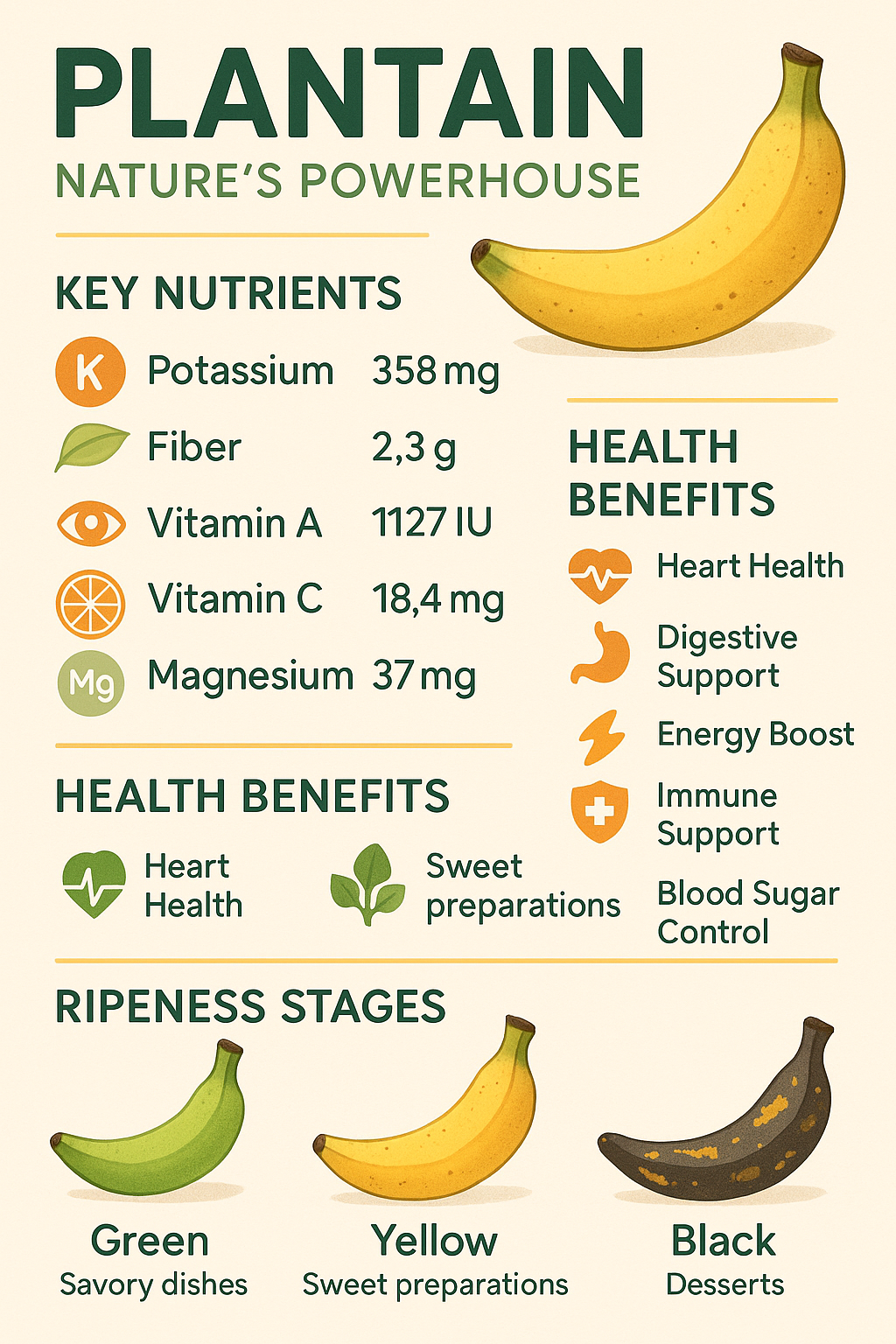
The complete nutritional profile that rivals expensive supplement regimens
Plantain harbors nutritional secrets that explain why it has sustained civilizations for millennia. Recent research reveals benefits that go far beyond basic nutrition.
The Resistant Starch Revolution
Green plantain contains up to 57% resistant starch by dry weight – more than any other commonly consumed food. This resistant starch acts as a powerful prebiotic, feeding beneficial gut bacteria and producing short-chain fatty acids that support colon health, reduce inflammation, and improve insulin sensitivity.
Unlike expensive probiotic supplements that often fail to survive stomach acid, plantain’s resistant starch provides sustained nutrition for your existing beneficial bacteria, creating lasting improvements in digestive health that align with the holistic approach discussed by your pharmacist and herbalist working as a healthcare dream team.
The Natural Electrolyte Complex
Beyond its famous potassium content, plantain provides a complete electrolyte profile including magnesium (37mg), phosphorus (34mg), and calcium (3mg) in ratios that support optimal cellular function. This natural balance often proves more effective than synthetic electrolyte supplements because the nutrients work synergistically rather than in isolation.
The Blood Sugar Paradox
Despite being high in carbohydrates, plantain’s fiber matrix and resistant starch content actually help regulate blood glucose levels. Studies show that green plantain consumption can improve insulin sensitivity and reduce post-meal blood sugar spikes – a benefit that expensive blood sugar supplements struggle to match.
Mood and Cognitive Support
Plantain contains significant levels of vitamin B6 (0.3mg per 100g) and tryptophan, supporting serotonin production and cognitive function. Traditional cultures have long recognized plantain’s role in mental wellness, now confirmed by neuroscience research showing that whole food sources of these nutrients outperform synthetic alternatives, much like the natural approaches explored in plant-based remedies your doctor won’t tell you about.
The Anti-Inflammatory Advantage
Plantain contains compounds like dopamine and other phenolic antioxidants that provide anti-inflammatory effects throughout the body. These compounds may help reduce chronic inflammation linked to various health conditions, offering benefits that expensive anti-inflammatory supplements promise but rarely deliver.
Cultural Treasures: Recipes That Maximize Nutrition
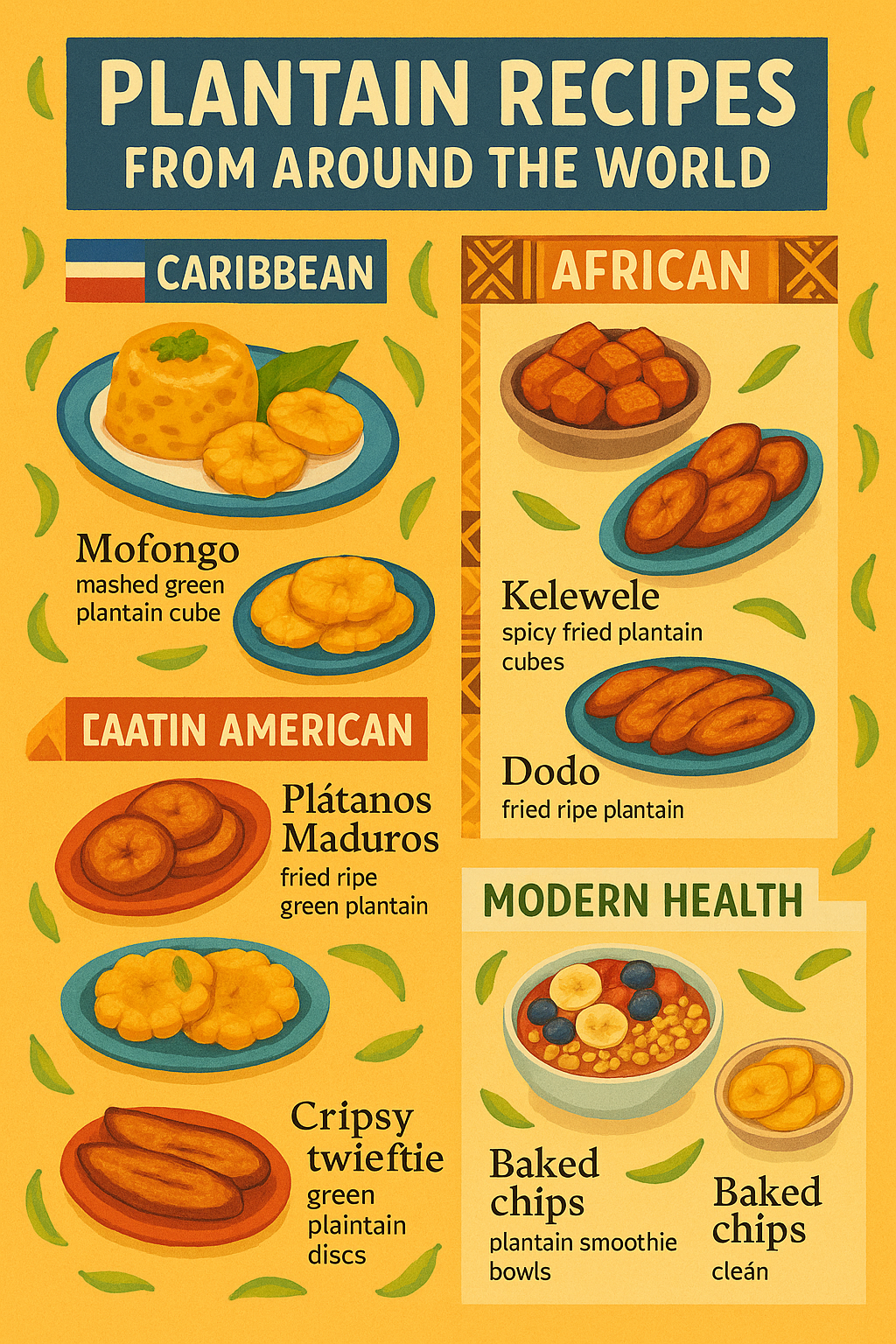
Traditional preparations from around the world that unlock plantain’s full potential
Every culture that has embraced plantain has developed preparation methods that maximize its nutritional benefits while creating deeply satisfying meals. These aren’t just recipes – they’re nutritional strategies refined over centuries.
Caribbean Nutritional Mastery
Mofongo: This Puerto Rican masterpiece transforms green plantain into a nutritional powerhouse by mashing it with garlic and olive oil. The preparation method breaks down resistant starch while preserving fiber content, creating sustained energy release that lasts for hours.
Patacones: The Dominican twice-fried technique creates crispy plantain discs that serve as vehicles for other nutrients while transforming the starch structure for optimal digestion.
Sweet Plantain: Jamaican preparation that caramelizes natural sugars while maintaining fiber content, creating a naturally sweet dish that satisfies dessert cravings with substantial nutrition.
African Heritage Wisdom
Kelewele: This Ghanaian preparation combines ripe plantain with ginger, pepper, and spices that enhance both flavor and nutritional absorption. The spices used – ginger, cloves, and chili peppers – contain compounds that improve digestion and increase nutrient bioavailability.
Dodo: Nigerian fried ripe plantain that showcases the fruit’s natural sweetness while maintaining nutritional integrity, often served alongside protein-rich meals for complete nutrition.
Boli: Roasted plantain preparation using dry heat to concentrate flavors and nutrients while preserving more original nutrient content compared to frying methods.
Latin American Traditions
Plátanos Maduros: Uses very ripe plantains to create naturally sweet dishes requiring minimal added sugars, with natural caramelization concentrating nutrients while creating complex flavors.
Tostones: Twice-fried green plantain creates crispy textures that serve as healthy alternatives to processed snack foods while transforming resistant starch into digestible forms.
Mangú: Dominican mashed plantain breakfast dish combining plantain with other vegetables for a complete nutritional profiles that provide sustained morning energy.
Modern Health Applications
Plantain Smoothie Bowls: Frozen ripe plantain serves as a creamy base for nutrient-dense smoothie bowls, providing natural sweetness and substantial nutrition without added sugars, perfect for those following the diverse plant approach outlined in 30+ plants per week for optimal health.
Baked Plantain Chips: Oil-free preparation creates crispy snacks while preserving maximum nutritional content and removing water to concentrate nutrients. Plantain Pancakes: Gluten-free breakfast option using plantain as the primary flour substitute, providing complete nutrition in familiar formats for various dietary restrictions.
The Global Demographics Revolution
Understanding who eats plantain reveals why this fruit has become a global nutritional phenomenon spanning diverse cultures and economic levels.
The Numbers That Tell the Story
Caribbean Populations: 85% consume plantain weekly as a cultural staple, with families spending 60% less on supplements compared to mainland US populations.
West African Communities: 70% daily consumption across multiple countries, with traditional plantain-based diets showing lower rates of nutritional deficiencies compared to Western diets.
Latin American Families: 60% regular consumption as primary carbohydrate source, with household food budgets averaging 40% lower than those of families relying on processed alternatives.
US Hispanic Communities: 45% weekly consumption, growing rapidly as families rediscover traditional nutritional wisdom.
Health-Conscious Americans: A 200% increase in consumption over the past 5 years as mainstream consumers discover the benefits of plantains.
The Economic Impact
Families that incorporate plantain into their regular meal planning report an average monthly savings of $60-120 on nutritional supplements, with annual household savings reaching $720-1,440. These savings often get redirected toward other health priorities, creating compound benefits for family wellness.
Who Benefits Most from Plantain Nutrition?
Athletes and Active Individuals
The natural electrolyte profile and sustained energy release make plantain ideal for athletic performance. Professional athletes increasingly choose plantain-based meals over expensive sports nutrition products, citing better performance, improved digestion, and significant cost savings.
Timing Strategies: Green plantain consumed 2-3 hours before exercise provides sustained energy without blood sugar crashes. Ripe plantain consumed post-workout supports glycogen replenishment while providing potassium for muscle recovery.
Families Managing Tight Budgets
A family of four can meet significant nutritional needs for $15-30 monthly with plantain, compared to $200-400 for equivalent supplement nutrition. This cost difference can be transformative for families struggling with food insecurity while ensuring nutritional adequacy, supporting the accessible wellness principles discussed in plant-based remedies your doctor won’t tell you about.
Individuals with Digestive Sensitivities
The natural fiber matrix and gentle preparation methods make plantain ideal for individuals with digestive issues who struggle with synthetic supplements. The mucilage content helps soothe and heal the digestive tract while providing essential nutrients.
Cultural Communities Maintaining Heritage
Plantain serves as both a cultural connection and practical nutrition, allowing families to maintain traditional foodways while meeting modern nutritional needs. This dual benefit supports both physical health and cultural identity.
Health-Conscious Consumers Seeking Authenticity
The photogenic nature of plantain dishes and their cultural stories creates shareable content that supports both personal health goals and social media presence, while the anti-establishment appeal of choosing traditional foods over expensive supplements resonates with consumers questioning mainstream health marketing.
Where to Find Your Plantain Supply
Shopping Strategy Guide
Hispanic and Latino Markets: These specialty stores offer the best selection, prices, and quality, with staff knowledge about ripeness stages and preparation methods. Prices typically range from $0.50 to $1.50 per pound.
Caribbean Grocery Stores: Multiple plantain varieties with cultural context for traditional preparation methods, often offering pre-cut options for convenience.
African Markets: Traditional ingredients alongside plantain, creating opportunities for complete cultural meal preparations with staff sharing traditional cooking wisdom.
Mainstream Supermarkets: Most major chains now carry plantain in international or produce sections, though selection may be limited and prices higher.
Online Ordering: Bulk purchasing provides significant savings for regular consumers, with subscription options ensuring a consistent supply while reducing per-unit costs.
Quality Selection Mastery
Choose plantain based on intended use: green for savory dishes and maximum resistant starch benefits, yellow for balanced sweetness and versatile preparations, black for maximum sweetness in dessert applications.
Quality indicators include intact skin, appropriate firmness for ripeness stage, and absence of soft spots or unusual discoloration. Store at room temperature to control ripening speed, with green plantain taking 5-7 days to ripen fully.
Safety and Considerations
Plantain maintains an excellent safety record with minimal reported adverse effects across billions of consumers over thousands of years. The fruit is generally safe for children, pregnant women, and elderly individuals.
Caution Groups: Individuals with latex allergies may experience cross-reactivity. Those with kidney disease should consult healthcare providers due to high potassium content. Diabetes medication users may need dosage adjustments due to carbohydrate content, and should work with healthcare professionals as outlined by your pharmacist and herbalist working as a healthcare dream team.
The Economic Revolution in Your Kitchen
The economic implications extend beyond individual savings to broader healthcare and social benefits. Improved nutrition from plantain consumption may reduce healthcare costs through better chronic disease management, fewer nutritional deficiencies, and improved overall health outcomes.
Market Impact: The plantain market, valued at $8.2 billion globally and growing at 4.5% annually, reflects increasing recognition of its nutritional and economic value while supporting agricultural communities in tropical regions.
Sustainability Benefits: Plantain production typically has lower environmental costs compared to processed supplements and many trendy superfoods, supporting more sustainable food systems while reducing individual environmental impact.
Frequently Asked Questions
How is plantain different from a banana? Plantains are larger, starchier, and require cooking at all stages, while bananas are smaller, sweeter, and eaten raw. Plantains serve as vegetables in meals, and bananas serve as fruit snacks.
Can diabetics eat plantain? Yes, especially green plantain with lower glycemic impact due to resistant starch. Healthcare provider consultation recommended for meal plan integration.
How do I start cooking with plantain? Begin with ripe (yellow) plantain – slice and pan-fry until golden. Green plantain works well boiled, baked, or fried for savory applications.
Where can I buy plantain? Hispanic, Caribbean, or African markets offer the best selection and prices. Most supermarkets carry plantain in the produce or international sections.
Is plantain safe for children? Yes, excellent for children over 6 months. Natural sweetness, soft-cooked texture, and high nutrition make it ideal for growing children.
Your Plantain Action Plan
The evidence is overwhelming: plantain provides superior nutrition at a fraction of supplement costs while honoring cultural heritage and supporting sustainable food systems. Here’s how to start:
✅ Explore local markets for variety and cultural knowledge
✅Start simple with ripe plantain preparations
✅Consult healthcare providers for chronic condition management
✅Experiment with cultural recipes from different traditions
✅Share knowledge to support community health
✅Consider sustainability as part of a broader nutrition strategy
This approach integrates perfectly with traditional herbs backed by scientific evidence and supports the collaborative healthcare model described in your pharmacist and herbalist working as a healthcare dream team.
For comprehensive plant-based nutrition, plantain works excellently alongside 25 fiber-rich plant foods that support digestive wellness and contribute to the goal of 30+ plants per week for optimal health.
The most powerful nutrition often comes in the simplest packages. Plantain proves that accessible wellness isn’t just possible – it’s been hiding in plain sight all along.
This article is for educational and informational purposes only and is not intended as medical advice. Always consult with qualified healthcare professionals before making significant dietary changes, especially if you have existing medical conditions or take prescription medications.
Medical Disclaimer: Individual nutritional needs vary. Healthcare providers should be consulted for personalized dietary recommendations.
Trending Social Media Hashtags: #plantain #affordablesuperfoods #culturalnutrition #plantainrecipes #budgetnutrition #ancestralfoods #caribbeanfood #africanfood #latinamericanfood #plantainvbanana #resistantstarch #naturalhealing #foodjustice #plantainbenefits #traditionalwisdom #ethniceats #healthyeating #superfoodsavings #plantbasednutrition #culturalpreservation #nutritionrevolution #accessiblehealth #wholefoodnutrition #sustainableeating #familynutrition

